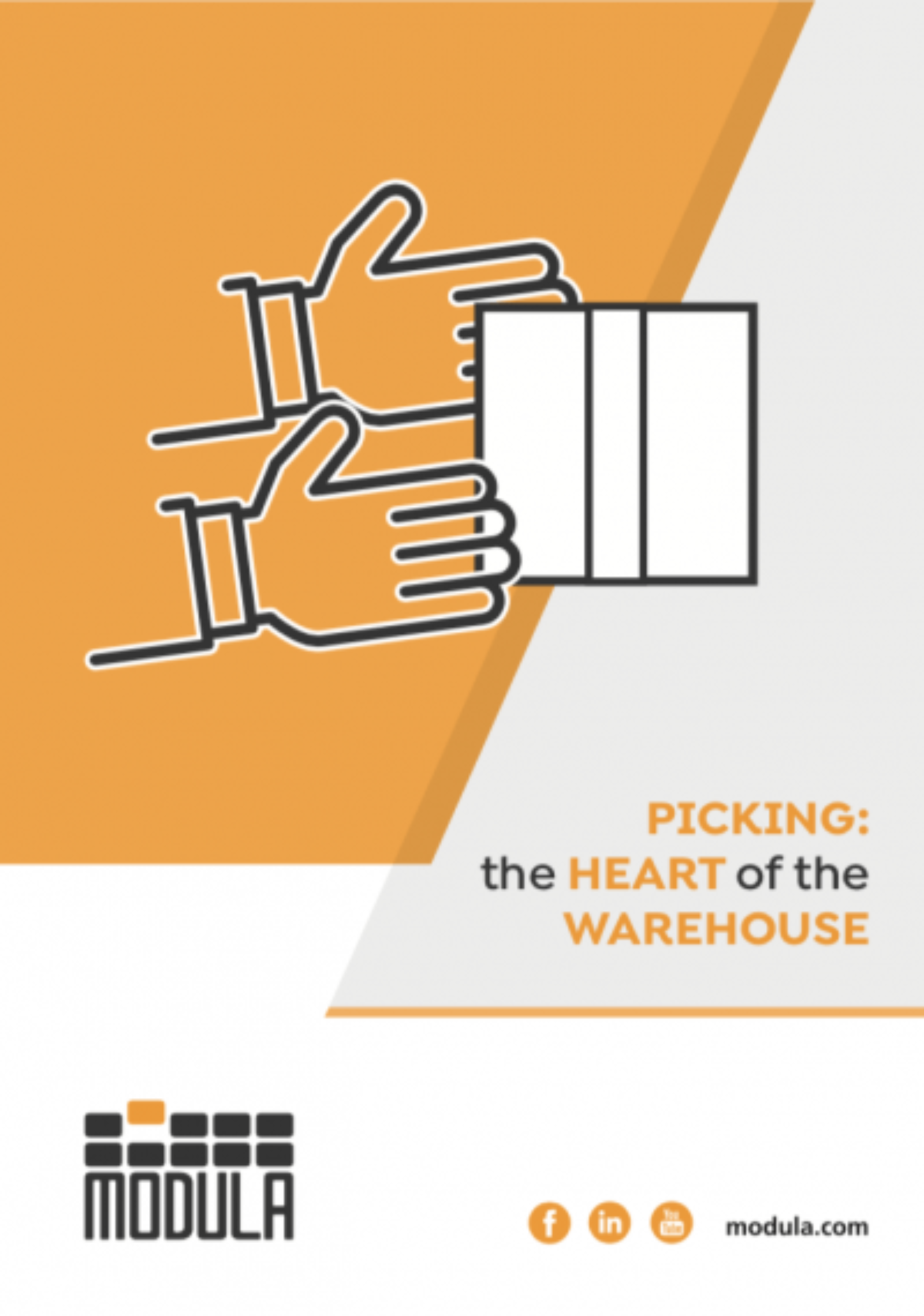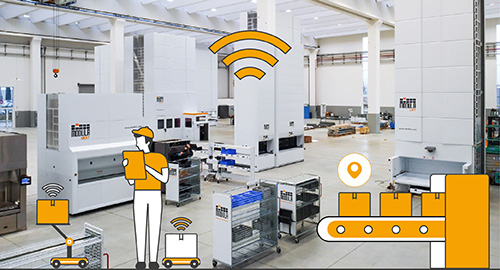This is one of those activities that requires a significant investment in terms of time, money and resources, and too often one we approach reluctantly. However, good warehouse management can be fundamental to increasing your company’s productivity and efficiency, meeting customer demand and thus also increasing profits.
Whether the space is used to store raw materials, semi-finished products or finished products, a warehouse is not just a simple store for goods. Contrary to what you might think, your warehouse can play a truly crucial role in the correct functioning of your entire business.
Constantly keeping your warehouse in order is undoubtedly the first step to quicker order processing and faster shipment of goods, but this may still not be enough. To improve the performance of your company and make it truly competitive in the long term, it might be time to make a decisive move towards a complete warehouse reorganisation and define a whole series of specific activities aimed at improving logistics performance.
Reorganising a warehouse: where to start?
If your aim is to have perfectly organised warehouse logistics which are able to support production without ever slowing it down and ensure more efficient management of incoming and outgoing goods, nothing can be left to chance and everything must be planned down to the smallest detail.
Where do you start when you are struggling to reorganise your warehouse? The first thing to do is to carry out a deep analysis of the situation so that you can have a complete overview of the problems to be solved, make the right assessments and then define a proper action plan. This will involve identifying the most effective solutions to adopt whilst keeping the characteristics and peculiarities of your business in mind.
For example, where there are problems related to a lack of space inside the warehouse, a business might opt to acquire a new area in which to store its goods. Another might find it more advantageous to arrange new storage systems such as VLMs which allow you to speed up and improve stock management. Yet another might find it more appropriate to install Cross Docking systems in order to speed up customer despatching and reduce the costs of storage to a minimum. There is no one-size-fits-all solution. That is why it’s important to find the right strategy that best suits your needs.
Improving logistics performance: two approaches
Only after having identified the problem can you proceed to define which strategy to adopt in order to improve warehouse management and make it more efficient. There are two paths you can take.
To obtain results which are constant over time (if modest), you can opt for a “Bottom Up” approach which involves performing small daily improvement actions in the warehouse, making the best use of existing resources.
If, however, it turns out that more radical changes are required, it might be better to opt for a “Top Down” approach which requires more extreme action to be taken and, above all, an investment in ad hoc technological solutions which will facilitate the full reorganisation of the warehouse and an improvement in logistics performance.
Technological solutions: which ones to adopt to optimise space
Which tools do you need to acquire in order to improve warehouse logistics and which technological solutions should you invest in to best organise available space? Also in this instance there are two different types of approach to choose from.
Traditional warehouse models are still valid, such as the stacked warehouse, which, just like its name suggests, allows goods to be stacked one on top of the other; racking warehouse, in which products are placed on special racks; or cantilever warehouse, which allows particularly large items to be stored at height. However, to improve the safety of your storage space, facilitate stock management and speed up inventory operations, it may well be even more advantageous to invest in automated storage models, such as an automated stacker crane warehouse or a tray-based vertical warehouse which are very well suited to this purpose.
As an example, the stacker crane warehouse is the ideal solution for simplifying the picking and refilling of goods, reducing errors to a minimum. This system manages storage via a computerised system which guides the stacker crane through the warehouse’s internal spaces along a set of rails. The crane can reach great heights and also transport very heavy loads.
A vertical warehouse or VLM, however, is a goods management method in which raw materials, semi-finished products and finished products are stored vertically on internal trays, with a payload of over 900 kg, and where identifying and picking products is done with a simple click. This system has multiple advantages: it guarantees that different activities can be more efficiently coordinated, allows optimum standards of cleanliness and organisation, ensures significant space and time savings and greater safety for both operators working inside the warehouse and for the goods transiting through it.
How to choose the best solution for reorganising your warehouse
As we have already highlighted, each business is different and has its own peculiarities. This means that there is no absolutely best or worst approach: everything depends on the needs and requirements of your business.
Without doubt, anyone wishing to achieve better warehouse logistics should invest heavily in the initial analysis phase in order to ensure they have a complete understanding of what actually goes on inside their own business, immediately identify the most obvious problems, examine them carefully and identify the solutions best able to resolve them.
Any choice must be made by weighing up and considering a large number of variables, such as the company’s management model or the type of relationship established with suppliers. Only through a truly deep analysis is it possible to identify the best solution for each business.
There is a general tendency for people to wait for problems to manifest themselves and then try to solve them. However, this is a costly approach and one which eventually proves ineffective. It is therefore advisable to anticipate problems and arrange for improvement actions to be carried out in the warehouse according to a set schedule. This will address any little problems as they arise, at a time when they are still reasonably easy to handle.
Once problems in the warehouse are understood, and any related costs, equipment to implement and technological solutions to invest in have been carefully assessed, the best strategy for your business will not be difficult to find.
It is undeniable that the initial investment can turn out to be quite large, but it is an effort which is worth it and which will be amply rewarded.
How to optimize picking operations?



